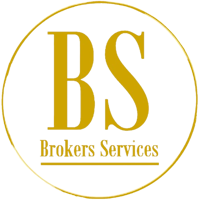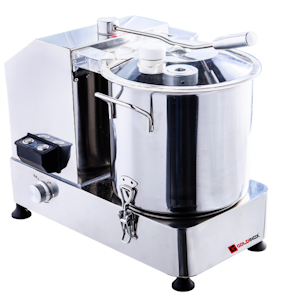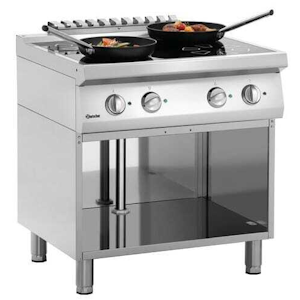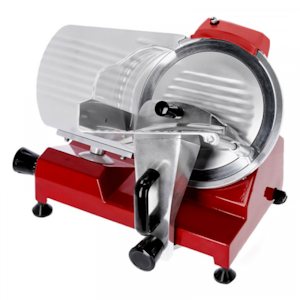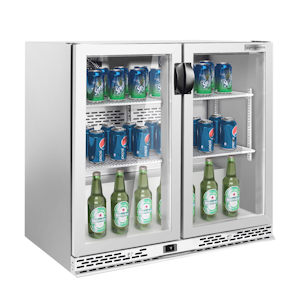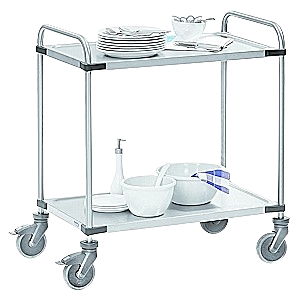Access to Financing
To access any of these services, you will need to provide us with an up-to-date financial statement, as well as additional documents, such as your company’s registration with the commercial register, along with the identification documents of the manager, CEO, or authorized representative of the company.
We highly recommend consulting with your accountant or financial advisor to ensure that the chosen financing solution aligns with your needs and financial situation. They can also assist you in preparing the necessary documents to facilitate the approval of your request.
Our Financing Solutions for Your Purchases
We offer several financing options tailored to your needs: leasing, financial rental, and hire purchase.
These flexible solutions are designed to match your investment budget while allowing you to access the necessary equipment for your business without having to invest a large capital upfront. They offer great payment flexibility, improve your cash flow management, and enable you to acquire essential assets while preserving your financial resources.
Leasing (Hire Purchase or Lease with Option to Buy)
Leasing allows you to rent an asset with the option to purchase it at the end of the lease period at a reduced price. This financing option is ideal for those who wish to use an asset for a set period while having the possibility of buying it at the end of the contract.
Advantages:
- No initial investment required: You benefit from the asset without needing to make an immediate purchase.
- Payment flexibility: Payments are spread over the lease term, making cash flow management easier.
- Option to buy: At the end of the lease, you have the option to buy the asset at a reduced price.
- Cash flow optimization: It does not significantly impact the company’s cash flow.
Disadvantages:
- Higher total cost: The total amount paid at the end of the lease may be higher than buying the asset outright.
- Long-term commitment: The company is committed to the full term of the lease.
Financial Rental (Pure Rental)
Financial rental allows you to rent an asset without an option to purchase. It is ideal for businesses that prefer to rent equipment on a short- or medium-term basis without intending to buy the asset at the end.
Advantages:
- No capital tied up: No initial investment required.
- Payment flexibility: Monthly payments that suit the financial situation of the business.
- Ideal for temporary assets: Allows frequent changes of equipment without hassle.
Disadvantages:
- No purchase option: At the end of the contract, the asset must be returned without the possibility of buying it.
- Higher overall cost: Pure rental can be more expensive than purchasing outright.
Hire Purchase (Finance Lease)
Hire purchase allows you to use an asset while paying regular rental fees, with the option to purchase the asset at the end of the contract for a residual value, which is often lower than its market value.
Advantages:
- Attractive purchase option: At the end of the lease, you can purchase the asset at a very attractive price.
- Access to high-quality equipment: You can use costly assets without having to buy them immediately.
- Tax advantage: Rental payments may be considered operating expenses, allowing for tax deductions.
Disadvantages:
- Long-term commitment: Hire purchase contracts are typically long-term.
- Higher total cost: Although monthly payments are relatively low, the overall cost may be higher than buying the asset outright.
Conclusion
Each of these financing solutions has advantages suited to different needs and budgetary constraints. Whether you choose leasing, financial rental, or hire purchase, these options enable you to acquire the essential equipment for your business while optimizing your financial management. We recommend consulting with your accountant to choose the solution that best fits your situation.
